Improve Your Desk Posture
You owe it to yourself to take breaks for posture, so many benefits! Equally true is that performing daily tasks that encourage bad posture can lead to several negative effects on the mind and body. Long hours seated at a desk staring at a computer or driving causes some negative posture. Loosely speaking, shoulders rounded with rounded back and head forward. Technically speaking; lengthened rhomboids, tight pecs, traps, and cervical spinal erectors.
Good posture affects so much more than just standing taller.
• Optimizes breathing
• Alleviates back pain
• Increases self confidence
• Affects how people view your self confidence
• Increases core strength
• Increases metabolism
• Lowers cortisol levels
• Increases testosterone levels
• Improves core strength
In order to counter the multitude of hours that we sit, work, drive, stare at a computer, and text, doing our posture daily is crucial. To achieve that positive posture we need to awaken these muscles that are taking a vacation while we are hard at work. We can accomplish that by engaging rhomboids to support the upright torso and pull shoulders and head back, engaging glutes to counter tight hip flexors from sitting, and get the scapula moving!
Below is a short posture routine you don’t even need to take your bum out of your seat to do! Our focus is on NO EXCUSES!
Also try to enable a 20/20/20 rule in your workday. Every 20 minutes take a 20 second break and look at something 20ft away from your computer screen.
3-Minute Posture Break
Shoulder Rolls: 10 forward 10 back
Foot Circles: 10 in each direction (internal, external, point and flex)
Arm Circles: 20 forward 20 backwards
Seated Hip Stretch: 20 seconds per leg
Note: While many of the linked videos are done in the standing or lying positions, they can also all be done in the seated position.
4 Tips to Better Desk Posture
1. EYES Computer screen should be just below eye level and 18-24 inches away.
2. ARMS Forearms should comfortably rest on desktop, no shrugging of shoulders or arching of wrists to reach for the keyboard.
3. BACK Lumbar support chair, with 2degree tilt forward ensuring back of thigh isn't on chair edg
4. FEET Thighs parallel with floor and shins perpendicular to floor ensuring flat feet on the ground!

